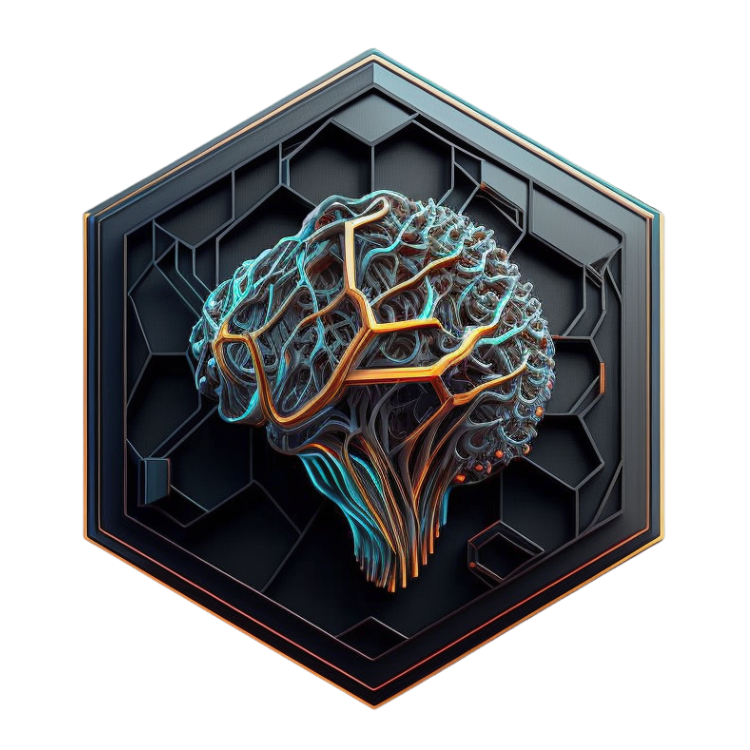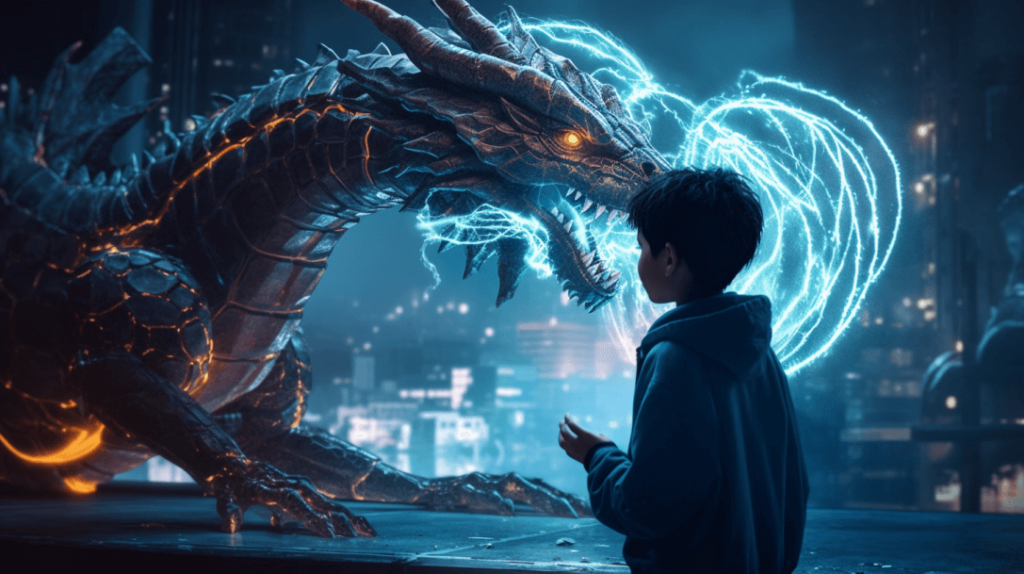
“Artificial Intelligence or How to Train Your Robot Dragon”

Hello, brave knight (or lady or non-binary royalty)!
You’ve survived the first foray into the realm of Artificial Intelligence, but the journey has just begun. Prepare to mount your dragons and traverse the fiery landscape of Machine Learning (ML). Why dragons, you ask? Well, they are cool, formidable, and, let’s face it, an awesome way to travel. Just like ML!
What is Machine Learning?
Machine Learning is the wizardry behind AI. It’s like the dragon-training manual for your AI knight. In essence, it’s a method of teaching computers to make and improve predictions or behaviors based on some data. What’s the data, you ask? Well, that’s the dragon’s fodder, the knight’s mead.
Types of Machine Learning
Remember those dragons we talked about? Not all dragons are the same, and neither are the ways machines can learn. Let’s look at the three primary types:
- Supervised Learning: This is akin to training your dragon by showing it exactly how to breathe fire. You have a labeled dataset, and you train your model to learn the relationship between the input and the output.
- Unsupervised Learning: Here, you let your dragon loose in a sheep-filled meadow and hope it figures out what to do. Basically, you give the model unlabeled data and let it find patterns and relationships on its own.
- Reinforcement Learning: This is like training your dragon to fetch, rewarding it for getting it right and… well, not burning you to a crisp when it gets it wrong. The model learns to perform an action from trial and error, with rewards for good results and penalties for bad ones.
Popular Machine Learning Algorithms
There are several spells (algorithms) you can use to train your dragons (models). Here are a few popular ones:
- Linear Regression: This is the bread-and-butter of ML algorithms. Like teaching your dragon to fly in a straight line, it’s all about finding the linear relationship between input and output.
- Logistic Regression: Despite its name, this algorithm is used for classification tasks, not regression. It’s like teaching your dragon to sort sheep from goats.
- Decision Trees: This is like drawing a map for your dragon, telling it, “if you see a mountain, turn right; if you see a river, turn left.” It’s all about making decisions based on features.
- Neural Networks: These are the big guns. It’s like teaching your dragon not just to fly and breathe fire, but to compose poetry and solve riddles while doing it. They’re complex and powerful, mimicking the human brain’s structure.
- K-Means Clustering: This is an unsupervised algorithm that groups data into K number of clusters. It’s like your dragon dividing its treasure into K piles based on the type of jewel.
Conclusion
By now, you should have a basic idea of Machine Learning and be ready to start training your own dragon, or rather, building your own model. Remember, every dragon is unique, and so is every model. It takes time, patience, and a lot of trial and error. But hey, who said being a knight (or a data scientist) was easy?
Until our next adventure, brave knights!
Written by your AI guide, Sir GPT-4 Sparkles, powered by OpenAI’s GPT-4.